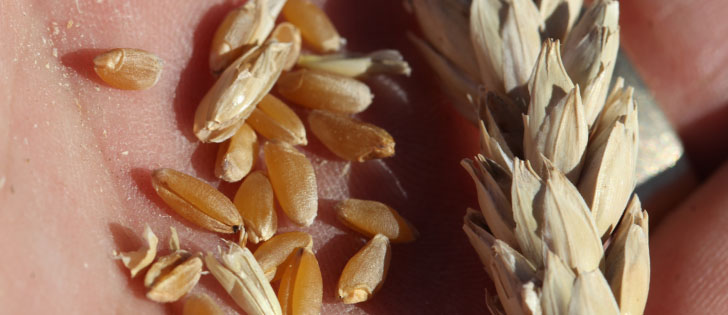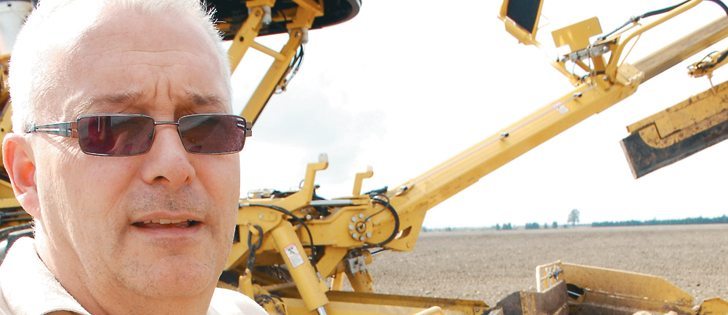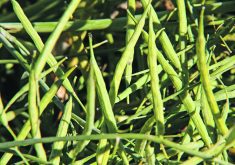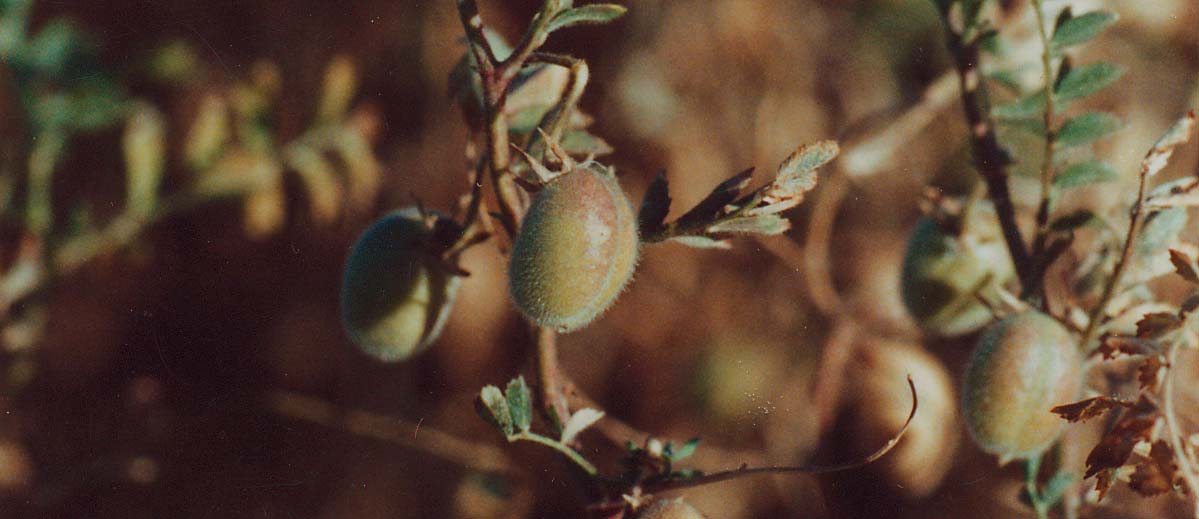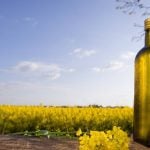Canola will not be part of the American renewable fuel standards when new regulations become law July 1, said a spokesperson for the U.S. Canola Association. But if things go according to plan, canola will be included in the new standards later this summer.“There’s going to be a gap. We just don’t know how long,” said Dale Thorenson, assistant director with the U.S. Canola Association.Earlier this year, the U.S. Environmental Protection Agency finalized regulations for new renewable fuel standards (RFS2) in the U.S. The EPA’s life cycle analysis verified that soybean based biodiesel reduced greenhouse gas emissions by 50 percent, compared to petroleum diesel, satisfying the agency’s requirement for biodiesel.Canola advocates assumed the smaller oilseed would be approved along with soybeans, but canola was omitted from the EPA’s regulations, which means canola would not qualify as a biomass-based diesel fuel, forcing it to compete with ethanol, where it would not be cost competitive.“It was clearly an oversight. I don’t believe it was one that was intended,” said Canadian Renewable Fuels Association president Gordon Quaiattini.At the request of canola lobby groups, the EPA initiated a life cycle analysis to determine if canola biodiesel satisfies the criteria of 50 percent reduction of GHG.However, it’s unlikely the EPA will complete its analysis by July 1, Thorenson said.“People are concerned that the EPA should be able to do it faster. But they’re just following the precedent of what they did in conducting the soybean life cycle analysis.”“One of the reasons they’re taking the time to get it right is that they were just sued by Friends of the Earth,” Thorenson added.On May 25, the Clean Air Task Force, on behalf of another environmental group, Friends of the Earth, filed a lawsuit in the U.S. Court of Appeals. The two environmental groups claim that RFS2 will boost GHG emissions and encourage more conversion of natural ecosystems into farmland.“EPA’s rule is seriously flawed because it will actually increase greenhouse gas emissions from the transportation sector in the near term and exacerbate the very problem that Congress sought to correct,” said Jonathan Lewis, an attorney with the Clean Air Task Force, in a release.
Read Also
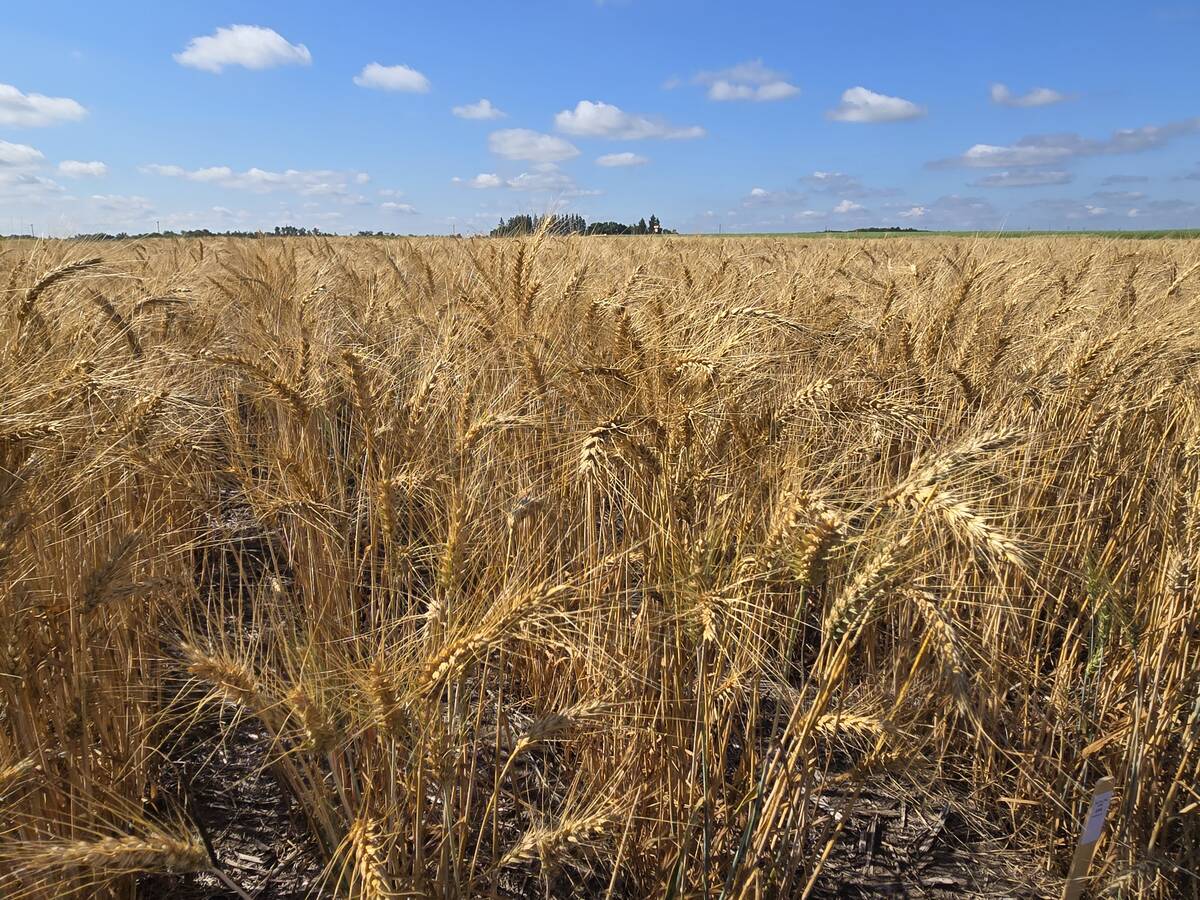
Fall rye hits record high in Manitoba
Winter cereals 2025: More Manitoba fields grew fall rye in 2025 than ever before, but winter wheat slipped and, while spring stand survival was good, drought took its toll



